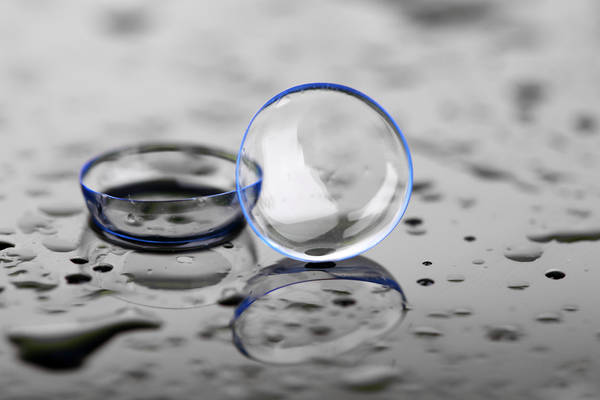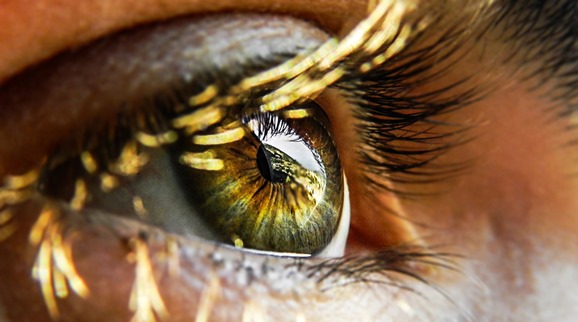The Best Contact Lens for KC

Pregnancy & Keratoconus
May 29, 2018
Wish Gabby Luck & Join Our Indy Car Contest
May 31, 2018Which is the best contact lens for KC? . . .Who knows! Everyone is a little different. The “best lens” is the one that fits YOUR eye, corrects YOUR vision, and is comfortable to wear.
Contact lens fitting for KC is part science, part art. A great deal of patience is required both on the part of the fitter and the patient. Rely on an experienced KC lens fitter to select the best lens for your eye. The needs of each individual is carefully weighed to find the lens that offers the best combination of visual acuity, comfort and corneal health.
Here’s a simple breakdown of each lens for KC:
Soft Contact Lenses: Disposable or soft contacts are not a typical option for KC patients, but some custom soft contacts may provide vision to those who find it difficult to tolerate ‘hard’ lenses. These lenses provide significantly less visual clarity, so the compromise between comfort and optimum vision must be carefully weighed.
Rigid Gas Permeable Lenses: The lens type most frequently used to correct KC are hard or ‘rigid gas permeable’ (RGP or GP) corneal lenses. They provide excellent eye health because the lenses allow the cornea to ’breathe’ oxygen through the lens material. RGP lenses can be custom designed for the unique shape of the KC cornea and are easy to apply, remove, and care for. These lenses provide good vision correction, but some patients are unable to tolerate their wear over long periods of time.
Piggyback Lenses:A tandem or piggyback lens is a technique in which a soft contact lens is placed on the cornea and a corneal GP lens or hybrid lens sits on top of the soft lens. Although it takes more work, some find this dual lens system prevents the rigid lens surface from irritating the sensitive cornea with the protective soft lens.
Hybrid Lenses: These specialty lenses incorporate a GP lens in the center, with a soft peripheral ‘skirt’. The hybrid lens offers the comfort, centration and stability of soft lens but the clear vision afforded by rigid central optics.
Scleral Lenses: Scleral lenses are large-diameter GP lenses, the size of a nickel to quarter, designed to vault over the entire cornea and rest on the sclera (the white part of the eye). Because of the size, the lens bowl must be filled with non-preserved saline before being placed on the eye. Individuals may initially find applying and removing scleral lenses challenging, but the majority achieve exceptional vision and comfort.



